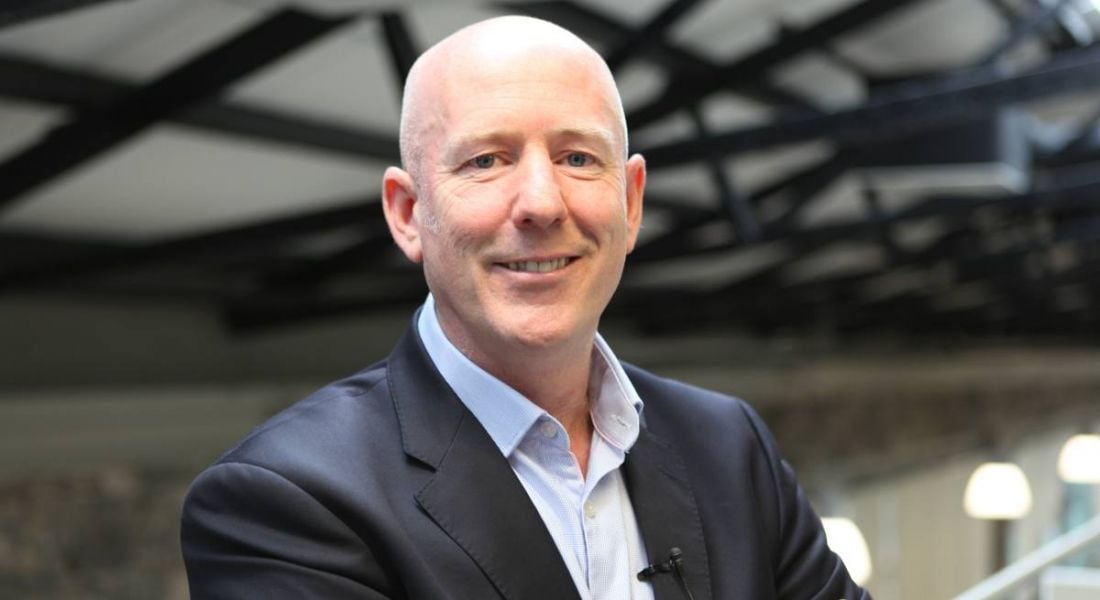There is no hotter career than data science right now, but it’s tough to get a straight answer on what it entails. What, for example, does a data analytics team actually do?
Since data was declared ‘the new oil’, a massive spotlight has been placed on the area of data science.
Companies are aware of how data, and the skilful use of data analytics, can revolutionise their business and their bottom line.
Yet, despite the level of attention the industry is getting, what a career in data analytics actually entails is still rather nebulous.
We in Careers refuse to believe that data analytics can’t be explained in a way that’s accessible to those both within the industry and outside it, so we decided to ask John Farrelly a couple of questions about his work as the head of analytics advisory at EY.
“There’s kind of a cycle we follow,” Farrelly explained.
“Defining problems with clients, with client teams, trying to understand the business challenges they’re facing and extrapolating from there what data we would need to analyse to provide insight to that problem.
“We kind of go around that cycle – the data acquisition piece, the analysis, the visualisation, the discovery piece – and then communicate that back to the client.”
“Typically, you’ll be using all sorts of extraction technologies. SQL would be fairly standard. We use various kinds of data integration [and] data extraction tools to pull data out of source systems, and lots of visualisation tools to discover what is going on in the data, to look for patterns.”
“Then, [we use] some fairly heavy-duty analytics technologies. Everything from Python to R, where we’re cutting code, to some of the more enterprise tools like SaaS or IBM’s technologies.”
The work stems beyond merely deploying data analysis. At its core, data analytics is about providing people with solutions to their problems.
“I typically would spend more time with clients trying to understand business problems, trying to identify the projects that we go after.
“Then you have to reflect that back into the team, what they actually work on and how you prioritise that kind of workload.”
“[We] constantly have deadlines, a kind of timeline that we’re working to for deliverables.”




